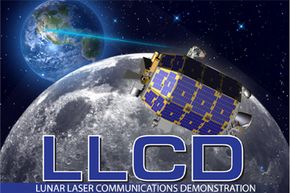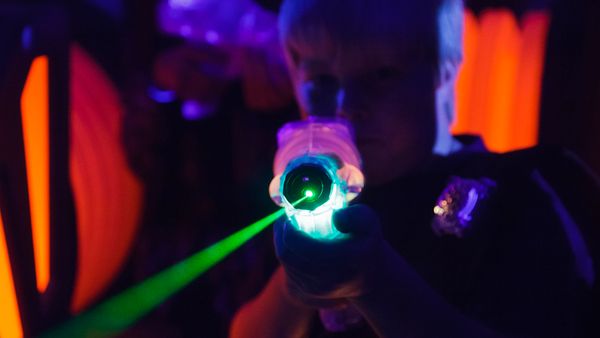When lasers were first invented, they were called a solution looking for a problem. Everyone thought they were as cool as Bose-Einstein condensate, but no one quite knew what to do with these devices that could produce a highly focused beam of light.
Today, lasers have become one of the world's most important technologies, used in industries ranging from information technology to telecommunications, medicine, consumer electronics, law enforcement, military equipment, entertainment and manufacturing.
Advertisement
From the earliest days of laser development, researchers realized that light could outperform radio in terms of information speed and density. It came down to physics. Light wavelengths are packed much more tightly than sound waves, and they transmit more information per second, and with a stronger signal. Laser communications, once achieved, would be the bullet train to radio's wagon train [sources: Hadhazy; Thomsen].
In a sense, lasers have been used in communications for years. We transfer information via laser every day, whether by reading CDs and DVDs, scanning bar codes at checkout lines or tapping the fiber optic backbone of phone or Internet services. Now a more direct approach, one that will allow high throughput point-to-point communication -- over vast distances, through air or space, with little data loss -- is on the horizon.
It's been a while getting here. As far back as 1964, NASA toyed with the idea of using lasers for airplane communications. The idea was to convert a pilot's voice first into electric pulses, then into a light beam. A receiver on the ground would then reverse the process [source: Science News Letter]. In October 2013, NASA realized and far exceeded this vision when a craft orbiting the moon sent data to an Earth station via a pulsed laser beam -- 239,000 miles (384,600 kilometers) of transmission at an unheard-of download rate of 622 megabits per second (Mbps) [source: NASA]. By comparison, high-speed consumer data plans are usually measured in the tens of megabits.
And high-speed, high-density is the name of the game. For most of its history, NASA has engaged in audacious missions of exploration only to be hampered by the equivalent of dial-up download speeds. With laser communications, the agency is entering the high-speed age, opening the door for, among other applications, high-quality video transmissions from future rovers.
NASA isn't alone. Cryptographers and security experts look to lasers as a tight-beamed, near-instantaneous delivery system, while the new breed of high-frequency traders on Wall Street are willing to pay big bucks for any connectivity that can shave milliseconds off of their trade times. Computer manufacturers, nearing the limits of what's achievable with copper and silicon, are researching possible laser applications as well.
When speed is everything and light marks the universe's speed limit, lasers are bound to be the answer -- if the technology can be made practical.
Advertisement



